
In the world of logistics and shipping, pallets are the unsung heroes that bear the weight – quite literally – of our global economy. They facilitate the efficient movement of goods, making it crucial for businesses to ensure the integrity and safety of their palletized shipments.
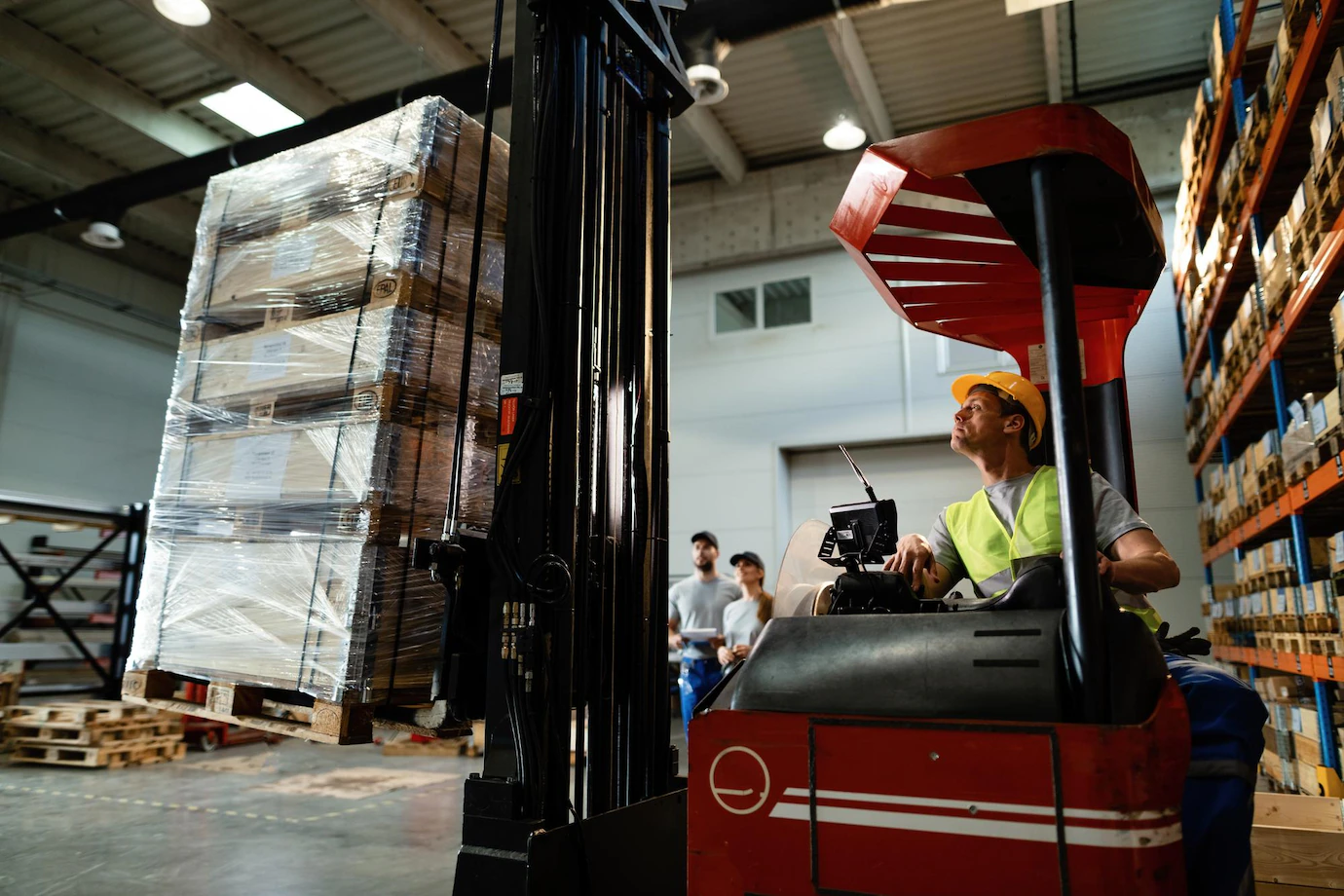
In the complex logistics world, optimizing shipping costs is a perpetual challenge for businesses of all sizes.
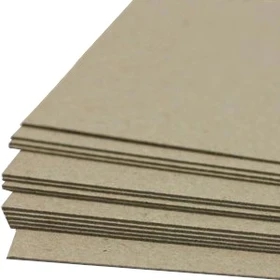
Chipboard, also known as boxboard, is a type of paperboard that is widely used in various applications due to its versatility and durability. The blog explores some common uses of Chipboard.
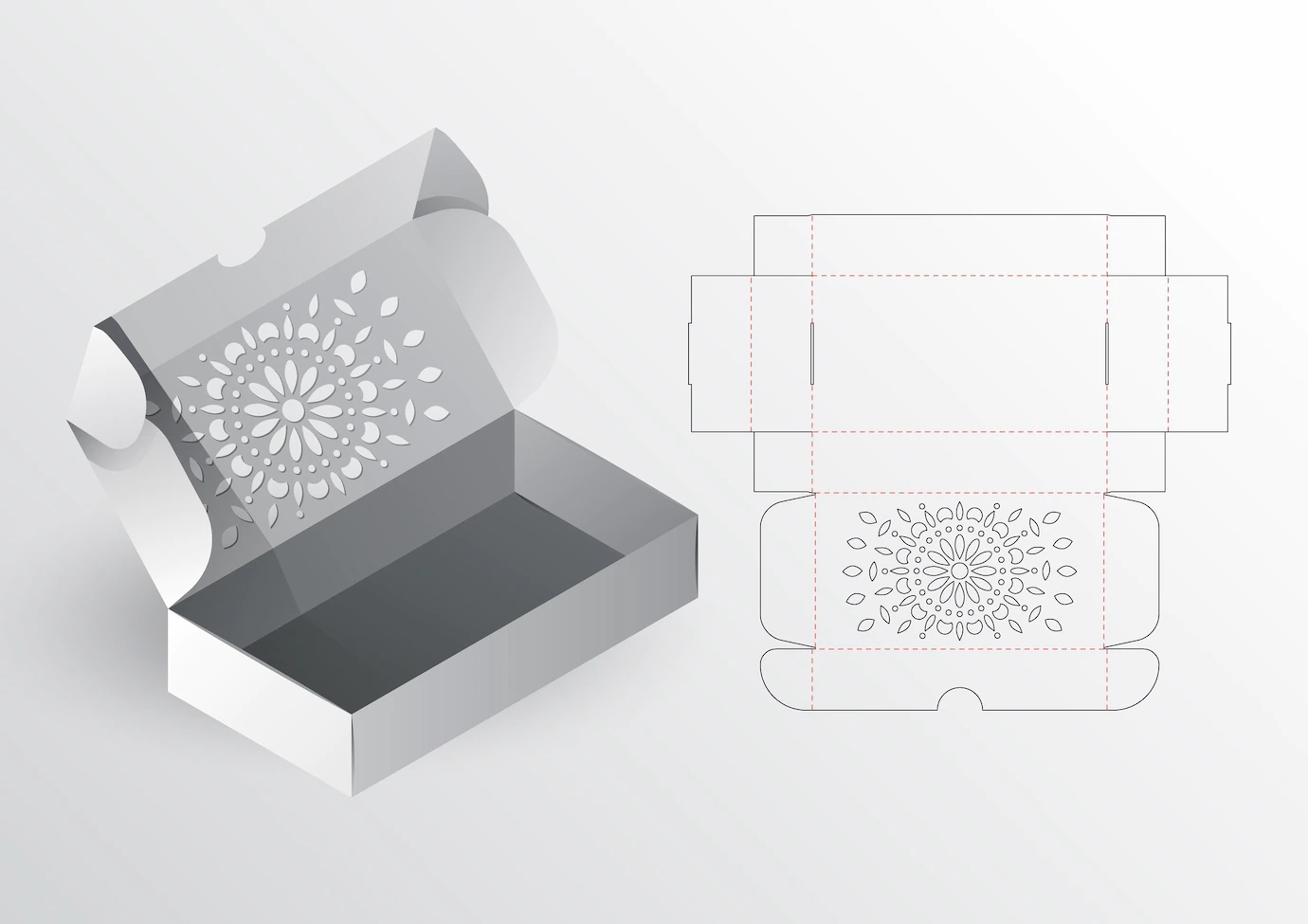
Great packaging can be the difference between a customer buying your product or passing on it entirely.
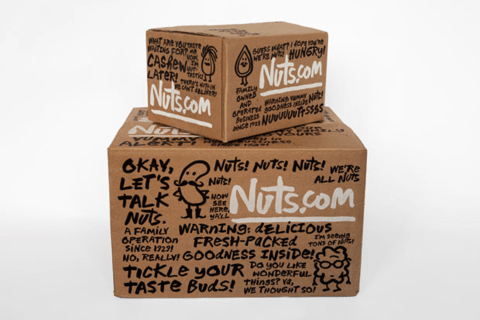
Many companies today are not just focusing on their product, but are increasingly focusing on the packaging of their products.
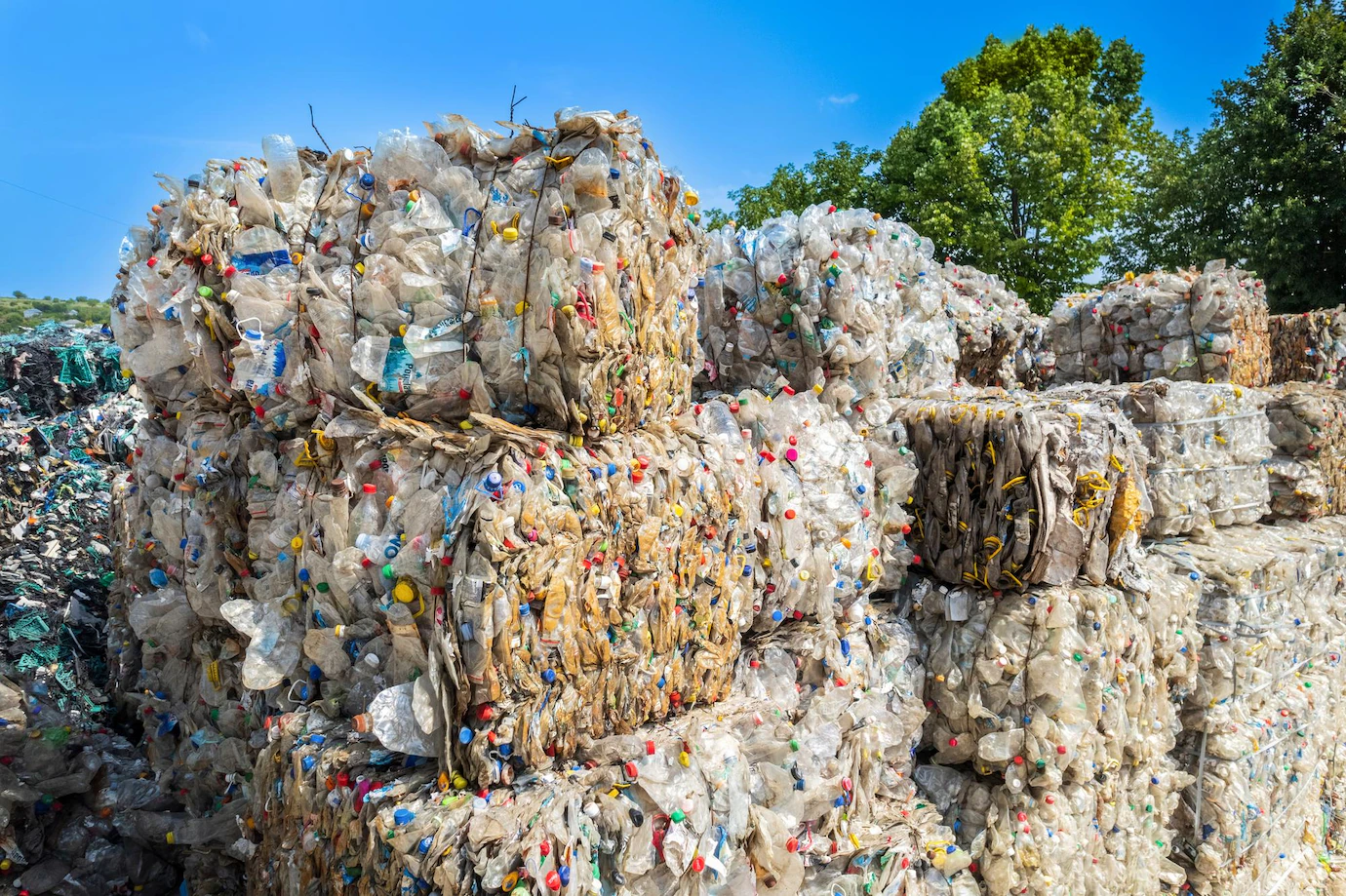
Post – COVID-19 pandemic, industry growth is being driven by renewed demand in both domestic markets and globally within some paper and board segments, however, some paper and board segments experienced a drop in demand.

Corrugated cardboard (or simply, corrugated) is a product essential to many industries with applications ranging from packaging, pallet liners, signage, stiffeners, and dividers, to picture frames and other endless possibilities.

Paperboard, in particular corrugated cardboard and chipboard, is amongst one of the most versatile materials for packaging solutions and can be tailored to fit the standards of all types of industries. One industry in which paperboard dominates as a packaging preference is the agriculture industry.
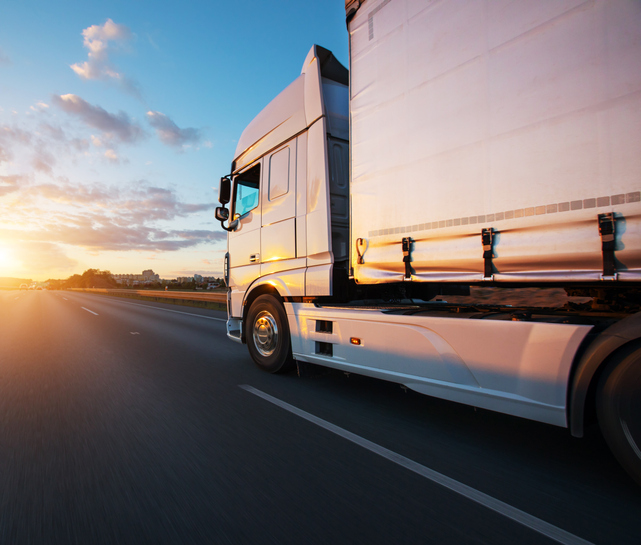
Managing supply chains has always been a difficult task, but through 2020 and 2021 the COVID-19 pandemic brought disruptions that not many were prepared for. There were raw material deficits, staff shortages, container and ship shortages and port shutdowns worldwide.
We are just over one year of quarantine for Canadians due to COVID-19. While lockdown was lifted in many jurisdictions, it has been reinstated in many others. The snow has receded to reveal green for the first time in months and more and more Canadians are getting vaccinated.

It can seem like not a day passes by without more bad news concerning the environment. In the face of such huge reported problems, it’s easy to feel helpless and be discouraged.
E-commerce is booming.
The number of packages that are being delivered to homes while everybody has been at home due to COVID-19 has skyrocketed. Ecommerce represented a small portion of total consumer sales pre COVID-19, but with the pandemic, that % has increased significantly.
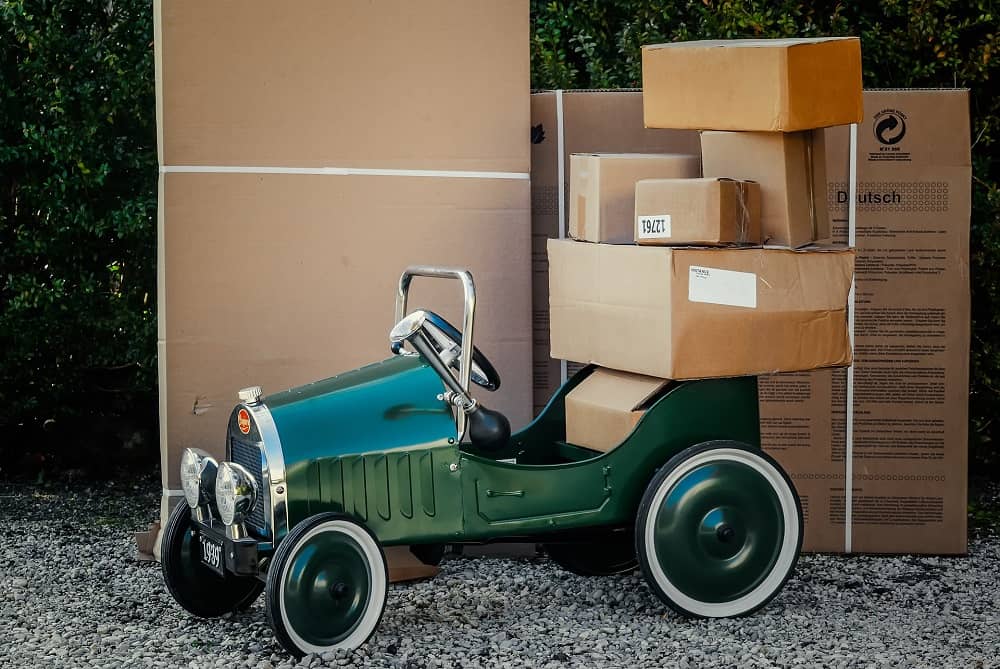
Packaging up your products for damage-free delivery can be very stressful – you need to consider the product packaging (how you package your product) and the protective packaging (how you pack it for shipping). Whether you’re shipping make up, a phone, food or something else, there is always the fear over when the product will arrive and if it will remain undamaged. And most importantly, will the customer be happy enough with what you deliver to come back to your business?
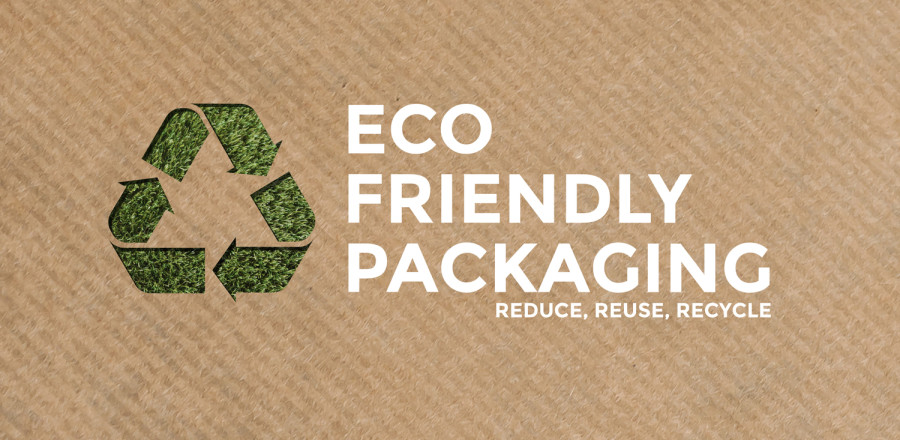
Ever since plastic became the go to packaging material, the world at large has suffered for it. Our seas are polluted with it, our wildlife is regularly choked by it; landfills and plastic islands in the pacific are the reality we live with today.
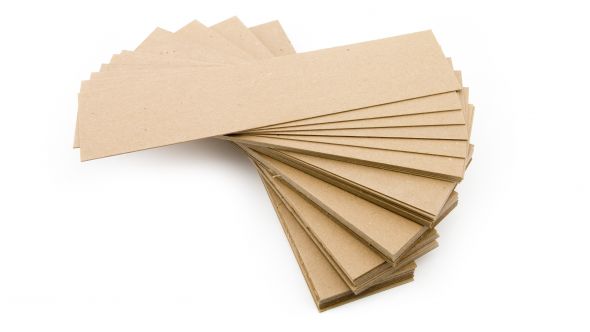
As a packaging or shipping supply company, you may already be selling products to certain companies in certain industries that are users of paperboard in ways that you may not even know. Most of us know that slip sheets and corner posts are 2 paperboard products that pretty much any company can use, but this document is meant to outline the way certain industries use paperboard today that you might not know of – and hopefully reveals some new sales opportunities for your company.
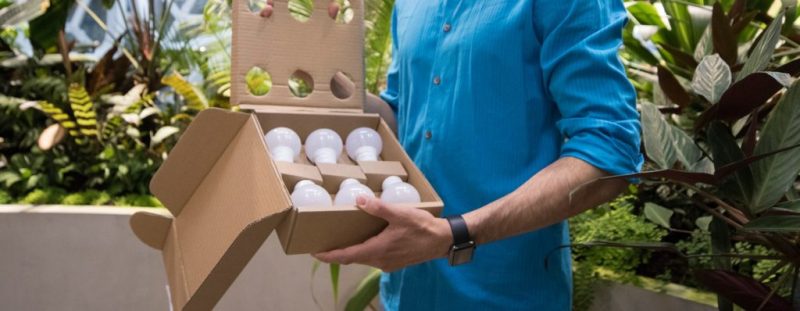
As Amazon Prime day is upon us, I started to think about how many packages were going to be sent out worldwide during the epic 2 day annual shopping event (well to be honest how much I was going to personally buy!). Last year Amazon reported selling more than 100 million products! That’s a lot of paperboard packaging flying around the world. But sadly with most packaging comes plastics. I then started to research more into Amazon and other major manufacturers’ sustainability programs.
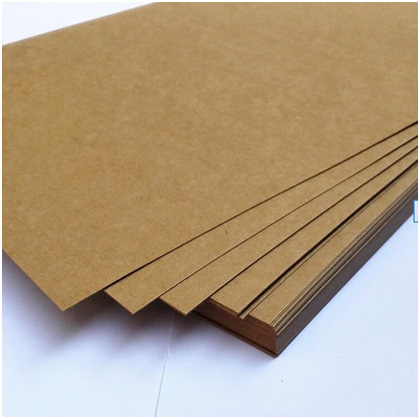
According to Wikipedia, paperboard is a thick paper-based material. While there is no rigid differentiation between paper and paperboard, paperboard is generally thicker (usually over 0.30 mm, 0.012 in, or 12 points) than paper and has certain superior attributes such as foldability and rigidity. According to ISO standards, paperboard is a paper with a grammage above 250 g/m2, but there are exceptions.
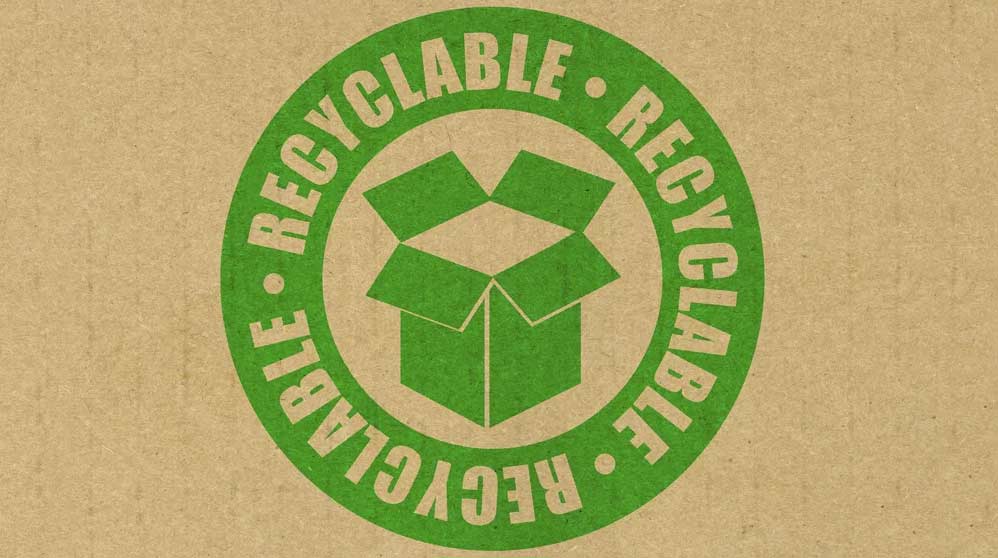
It was 52 years ago that the movie The Graduate was released and a young Dustin Hoffman was told “The Future is Plastics”. That was true then, but now, in my opinion, the future is Chipboard. Chipboard, which is often referred to by numerous different names (boxboard, uncoated recycled board (URB), non-corrugated cardboard, particle board) is increasingly being used for different applications, and rightly so. It is versatile, low cost and eco-friendly, being made from recycled material and being recyclable.

During construction, while renovating or doing painting, there are many reasons why you may need to protect your floor. Whether you have carpet, wood, tile, or another hard surface, chipboard is an inexpensive and durable solution.
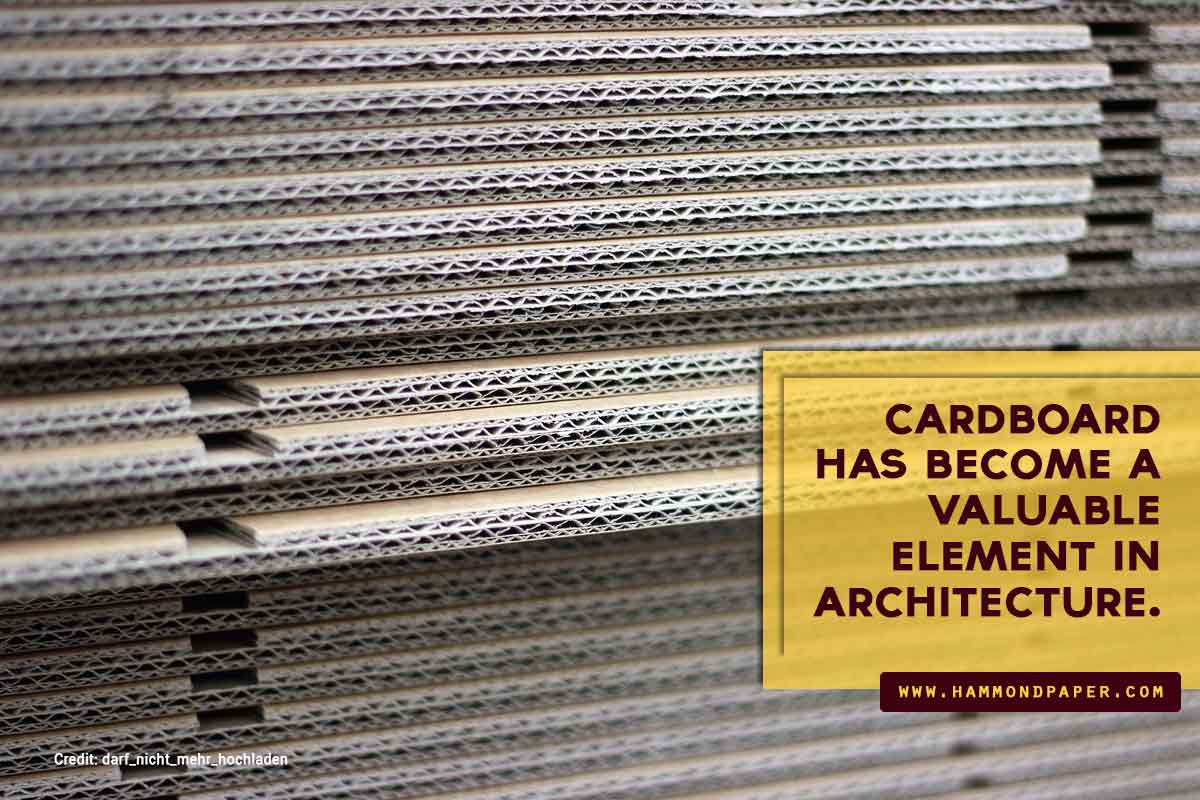
Many people usually think of cardboard as a material used primarily in the packaging of various products. In the past several years, various types of cardboard have been utilized in architectural projects as well. Its physical and mechanical properties continue to be studied in order to help manufacturers design it to be fire- and water-resistant.